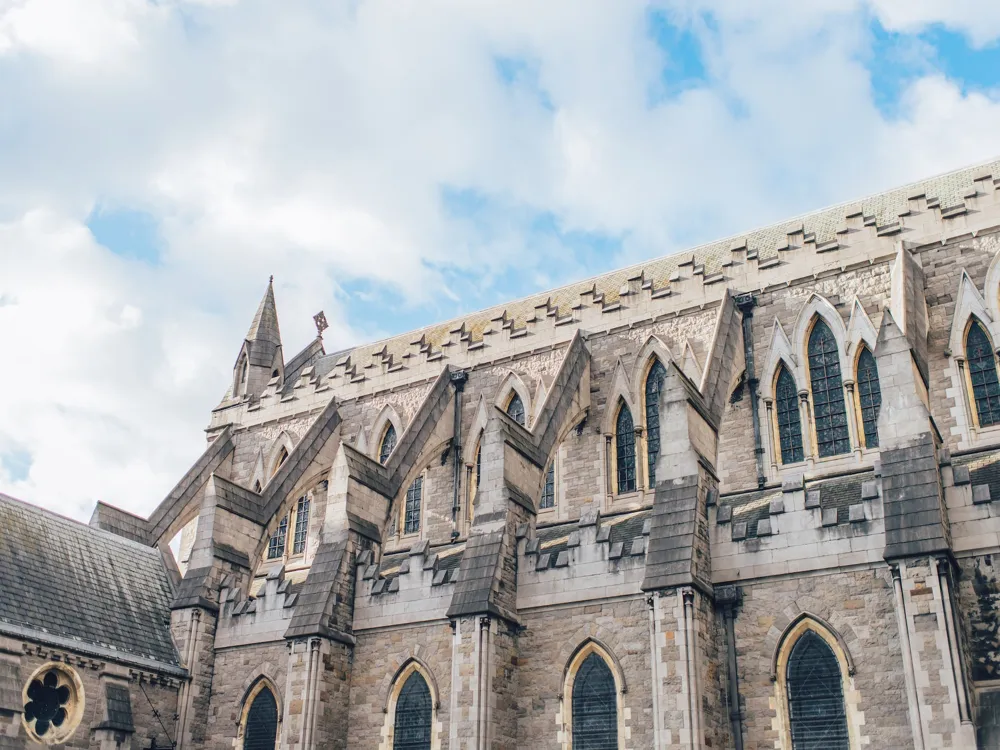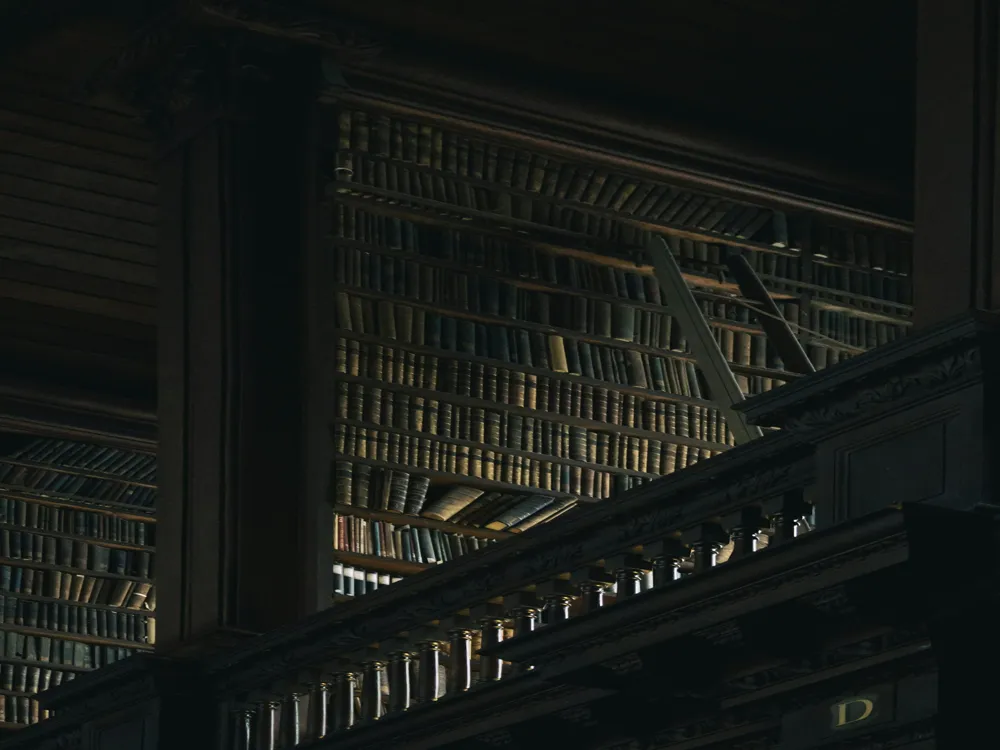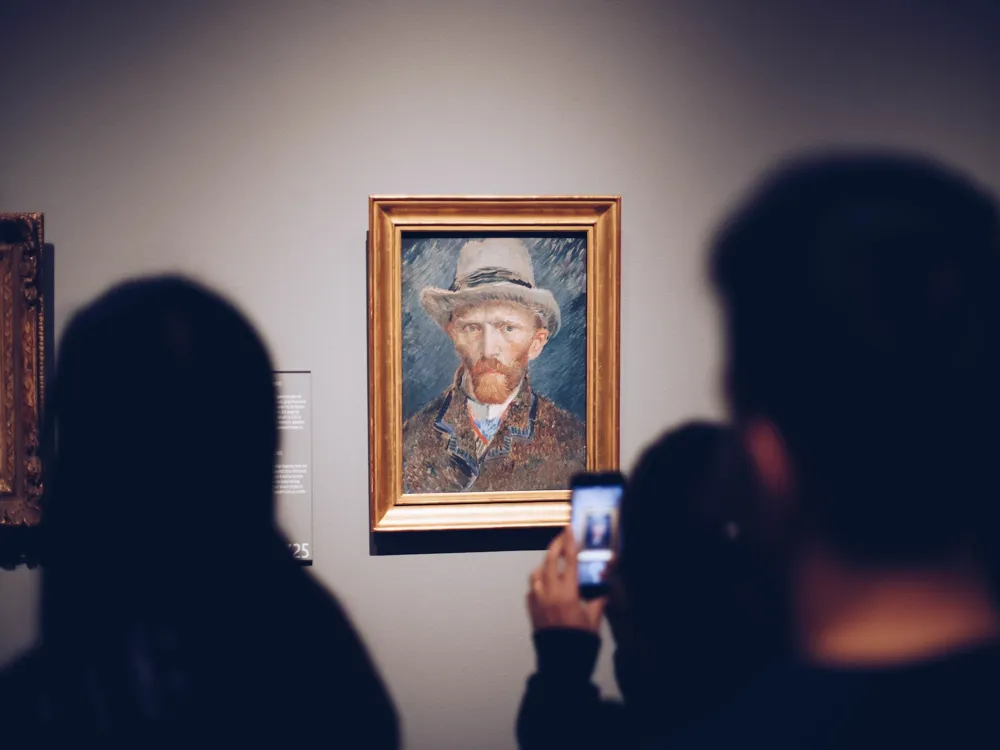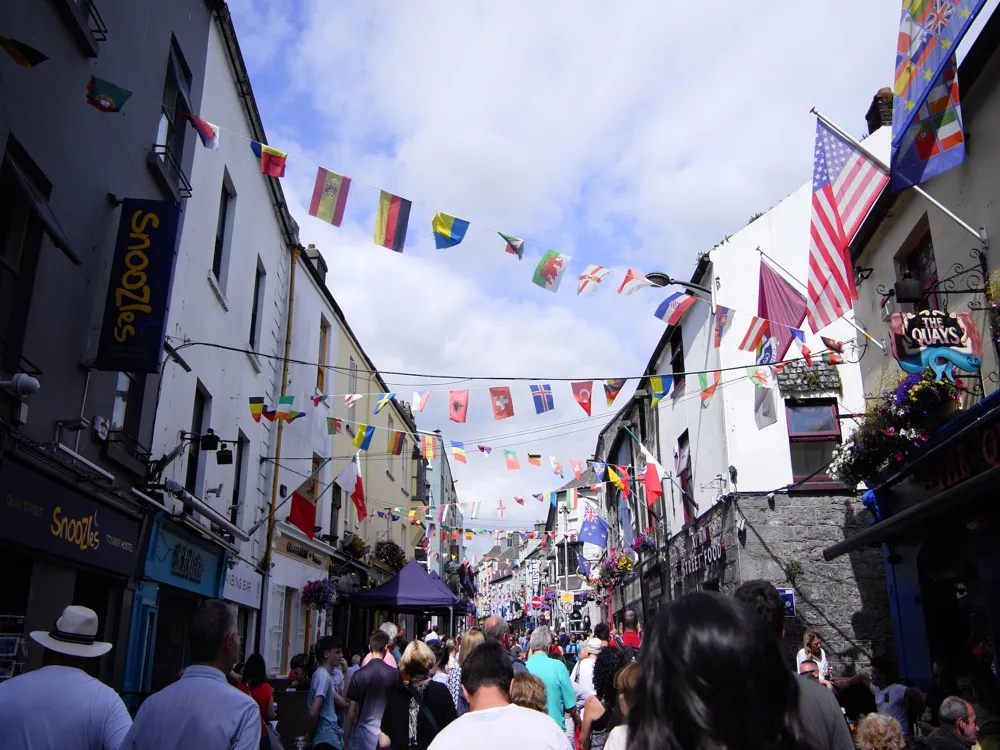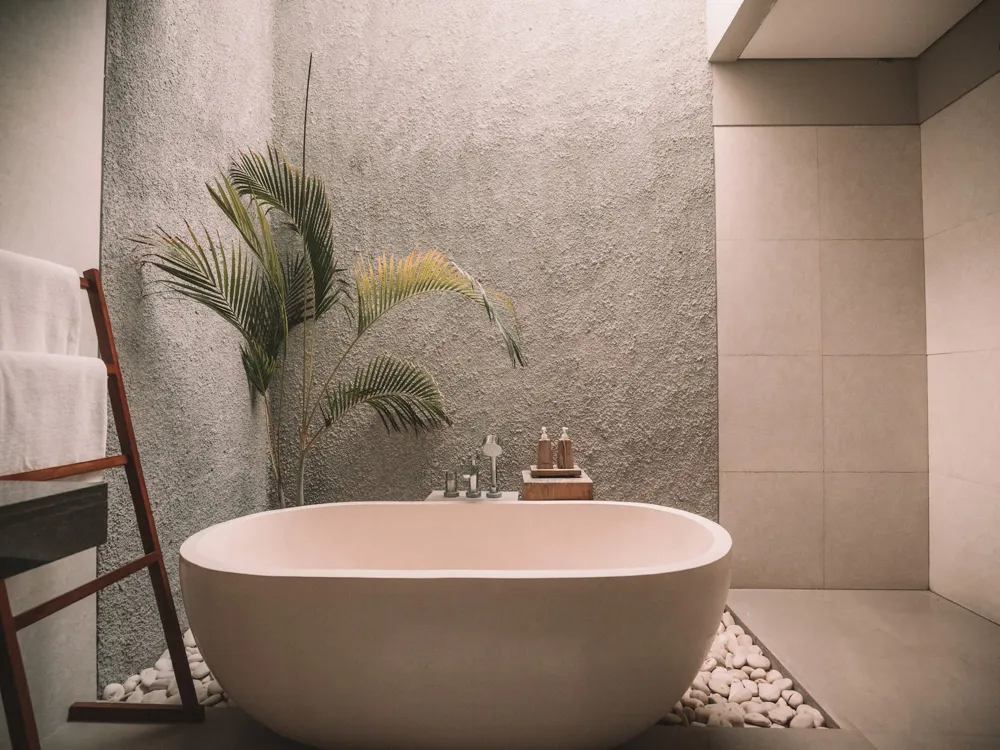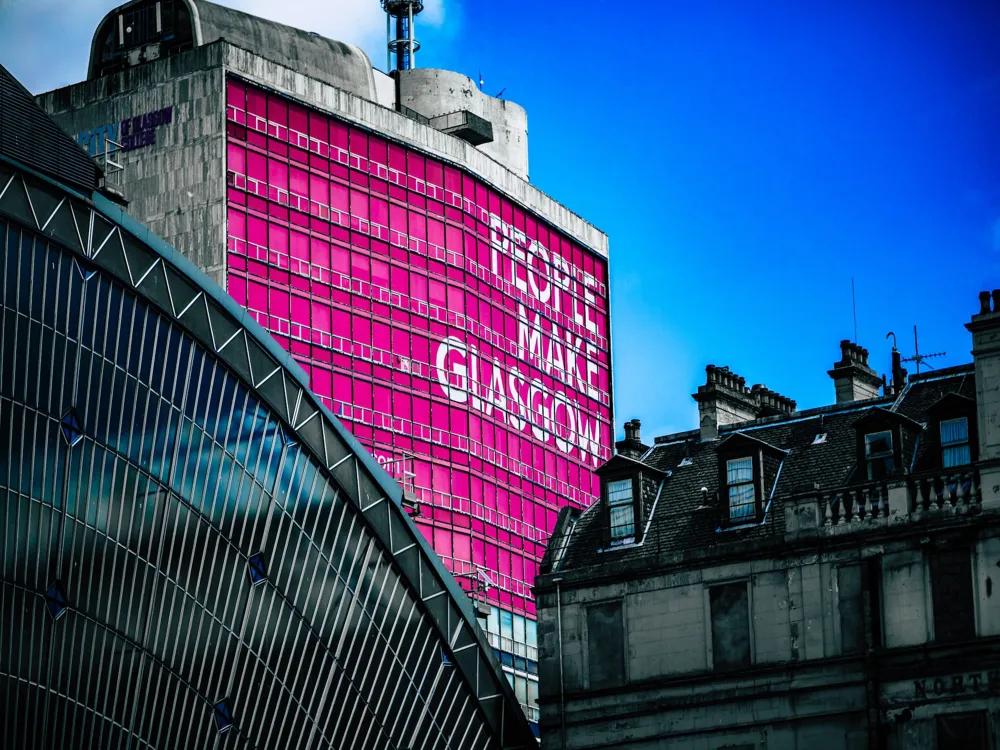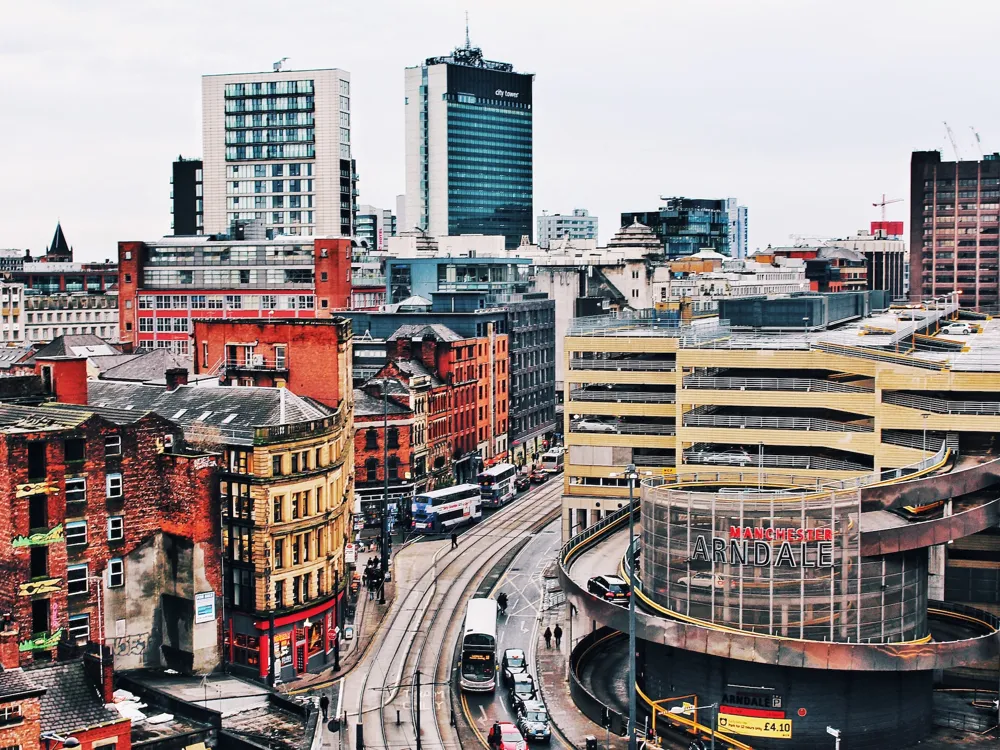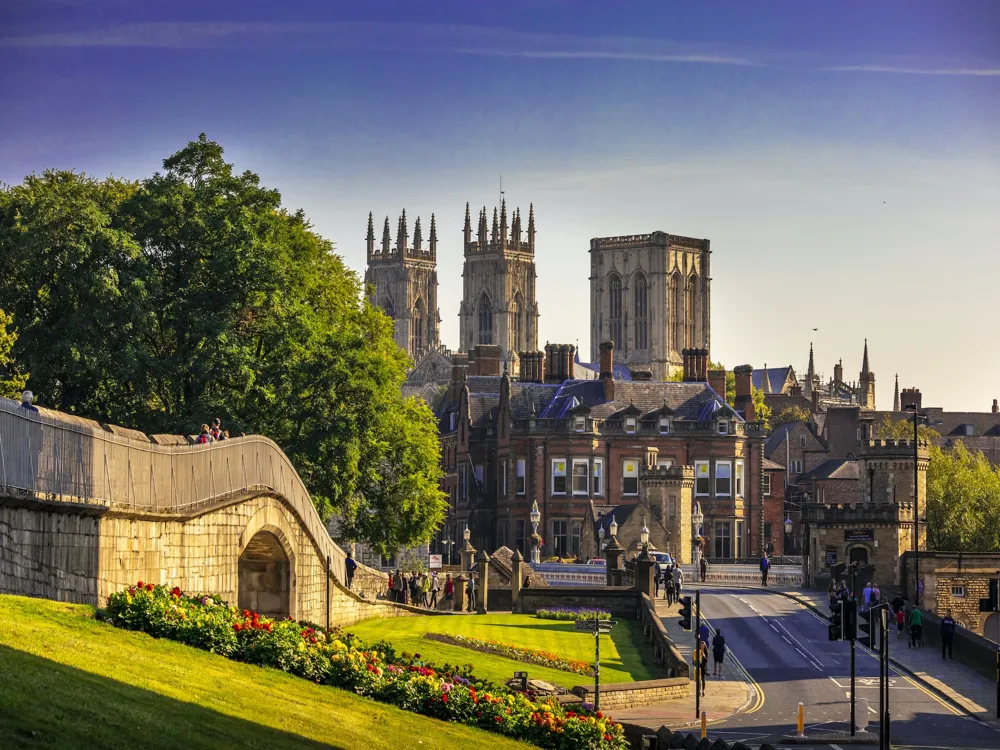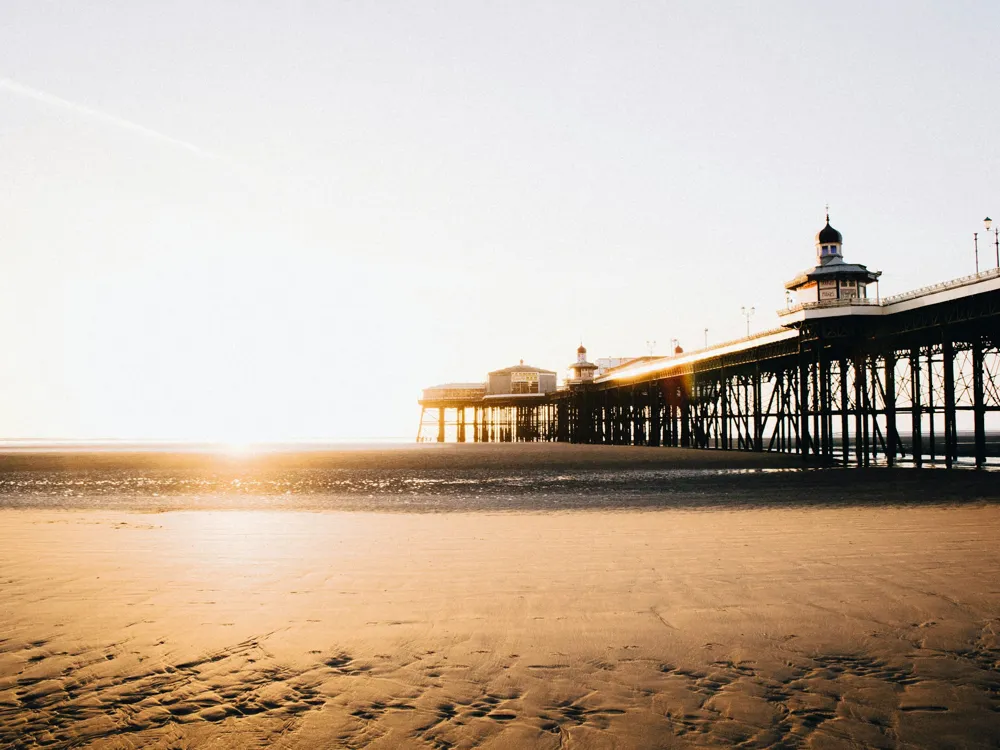Dublin Castle, a historic fortress in the heart of Ireland's capital, stands as a testament to the country's complex and vibrant history. Established in the early 13th century on the site of a Viking settlement, the castle has been a central figure in Ireland's political, social, and cultural evolution. Originally built as a defensive structure under the order of King John of England, it evolved over the centuries into a sumptuous residence and a symbol of English authority in Ireland. Throughout its history, Dublin Castle has witnessed numerous significant events, including the Irish Rebellion of 1803, the Battle of Dublin during the Irish Civil War, and the inauguration of the first President of Ireland in 1938. The castle's architecture is a blend of medieval and Georgian styles, reflecting the various stages of its construction and renovation. The Record Tower, the sole surviving structure of the medieval fortress, contrasts with the neoclassical Chapel Royal and the State Apartments' Georgian elegance. This architectural diversity makes Dublin Castle a unique representation of Dublin's historical layers. Today, the castle serves multiple roles: a major Irish government complex, a tourist attraction, and a venue for state dinners and prestigious events. Its history and grandeur continue to draw visitors from around the world, eager to explore its halls and learn about its storied past. The architectural evolution of Dublin Castle mirrors the city's own transformation over the centuries. Initially designed as a medieval fortress with strong Norman influences, the castle underwent significant changes, particularly in the 17th and 18th centuries. The medieval fortifications were gradually replaced or incorporated into newer structures, resulting in a fascinating mix of architectural styles. The Record Tower is the oldest surviving part of the original fortress, exemplifying medieval military architecture with its robust and imposing structure. In contrast, the State Apartments, designed in the 18th century, showcase the opulence of Georgian architecture. The apartments are adorned with intricate plasterwork, ornate fireplaces, and elegant furniture, reflecting the affluence and tastes of the Georgian era. The Chapel Royal, another significant architectural feature, boasts a splendid Gothic revival style. Its detailed stonework, stained glass windows, and elaborate wood carvings are a testament to the craftsmanship of the period. The castle's courtyard and gardens also contribute to its architectural charm, offering a serene escape from the bustling city streets and a glimpse into the castle's strategic design as a defensive stronghold. Before visiting Dublin Castle, it's advisable to check the opening hours and any scheduled events that might affect access to certain areas. Purchasing tickets in advance can save time, and guided tours are highly recommended to gain a deeper understanding of the castle's history and architecture. Dublin's weather can be unpredictable, so dressing in layers and carrying an umbrella is wise. Comfortable walking shoes are essential as the castle grounds and its historical floors can be uneven. While the State Apartments are a highlight, don't miss other areas like the Medieval Undercroft, the Chapel Royal, and the Chester Beatty Library, which houses a remarkable collection of manuscripts, rare books, and other artifacts. Photography is allowed in most areas, but flash photography may be restricted in certain sections. The castle's diverse architecture provides numerous opportunities for stunning photographs, so make sure your camera is fully charged. Dublin Castle is located in the heart of Dublin City and is easily accessible by various modes of transportation. For those using public transport, numerous bus routes pass near the castle, and it's a short walk from the Luas tram line stops. If you're driving, there are several parking facilities nearby, though parking in the city center can be limited and expensive. For international visitors, the castle is just a short drive or bus ride from Dublin Airport. Walking or cycling to the castle is also a great option, as it's centrally located and gives you the chance to explore more of Dublin's sights along the way. Read moreOverview of Dublin Castle
Architecture of Dublin Castle
Tips When Visiting Dublin Castle
Plan Your Visit
Dress Appropriately
Explore Beyond the State Apartments
Photography Tips
How To Reach Dublin Castle
Dublin Castle
Dublin
₹ 84,000 onwards
View dublin Packages
Weather :
Tags : Monument
Timings : Monday - Sunday: 9.45 AM - 5.45 PM
Entry Fee : Adult Ticket: EUR 8.00
Senior Ticket (60+): EUR 6.00
Student Ticket (18+): EUR 6.00
Child Ticket (12-17 yrs): EUR 4.00
Child Ticket (under 12 yrs): Free
Family Ticket (2 Adults & 2-3 children): EUR 20.00
Planning a Trip? Ask Your Question
Dublin Travel Packages
View All Packages For Dublin
Top Hotel Collections for Dublin

Private Pool

Luxury Hotels

5-Star Hotels

Pet Friendly
Top Hotels Near Dublin
Other Top Ranking Places In Dublin
View All Places To Visit In dublin
View dublin Packages
Weather :
Tags : Monument
Timings : Monday - Sunday: 9.45 AM - 5.45 PM
Entry Fee : Adult Ticket: EUR 8.00
Senior Ticket (60+): EUR 6.00
Student Ticket (18+): EUR 6.00
Child Ticket (12-17 yrs): EUR 4.00
Child Ticket (under 12 yrs): Free
Family Ticket (2 Adults & 2-3 children): EUR 20.00
Planning a Trip? Ask Your Question
Dublin Travel Packages
View All Packages For Dublin
Top Hotel Collections for Dublin

Private Pool

Luxury Hotels

5-Star Hotels

Pet Friendly







